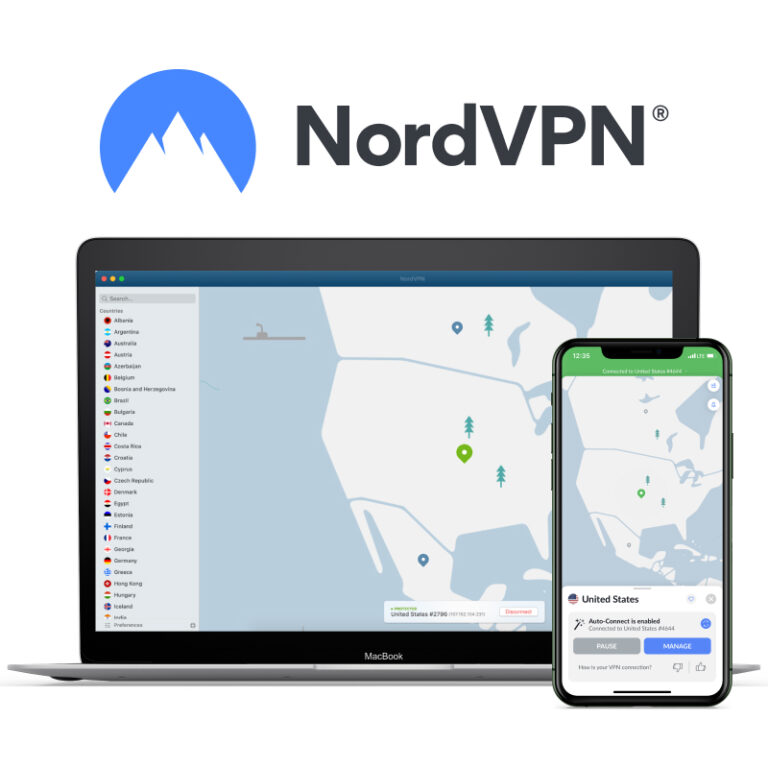AI Agent Pricing Models for Developers: Subscription vs Usage-Based vs Outcome-Based (With Implementation Tips)
If you’re building or integrating an AI agent — maybe a GPT-powered support bot, a sales outreach assistant, or an internal automation tool — one question hits you sooner than expected:
How do you price it in a way that’s fair, profitable, and scalable — without overcomplicating your codebase?
AI agents aren’t like traditional SaaS apps. GPU time, API calls, and output volumes can swing wildly between customers. Pick the wrong pricing model, and you might:
- Lose money on heavy users.
- Scare off light users.
- Spend months refactoring billing logic.
Here’s how the three most common models work — plus how to actually implement them.
1. Subscription Pricing for AI Agents
What it is: Fixed monthly/yearly fee for access, regardless of usage.
Why it’s popular: Predictable revenue makes forecasting easier. Works well when usage patterns are stable.
Implementation Tip:
If you’re using Stripe or Chargebee, you can define static price IDs and simply assign them to customer subscriptions. Minimal metering logic is needed.
// Example: Stripe subscription creation
const stripe = require(‘stripe’)(process.env.STRIPE_KEY);
await stripe.subscriptions.create({
customer: customerId,
items: [{ price: ‘price_ABC123’ }], // your monthly plan
});
Pros:
- Easy to set up.
- Familiar to buyers.
Cons:
- Heavy users may cost more than they pay.
- Light users may churn.
2. Usage-Based Pricing
What it is: Pay for exactly what’s used — API calls, tokens, pages processed, etc.
Why devs like it: Perfect for AI models where compute costs scale directly with work done.
Implementation Tip:
Log every AI task in a usage table keyed to customer_id. Use cron jobs or serverless functions to tally usage at billing time.
CREATE TABLE usage_log (
id SERIAL PRIMARY KEY,
customer_id UUID,
tokens_used INT,
created_at TIMESTAMP DEFAULT now()
);
At invoice time, sum tokens_used × unit cost.
Pros:
- Aligns revenue with actual costs.
- Fair for light and heavy users.
Cons:
- Revenue can be spiky.
- Customers may find it harder to budget.
3. Outcome-Based Pricing
What it is: Charge only for measurable results — leads generated, tickets resolved, defects caught.
Implementation Tip:
You’ll need an event tracker that records when the “success” condition happens. Tie this into your analytics or CRM. Make sure events are immutable to avoid disputes.
if issue_resolved_by_ai(ticket_id):
record_event(customer_id, “resolved_case”)
Pros:
- Clear value alignment.
- Easier to justify premium pricing.
Cons:
- Tracking logic can get complex.
- Risk if performance drops.
Hybrid Models
Many teams combine models:
- Base subscription for platform access.
- Usage tier for anything beyond included limits.
Example: $49/month includes 50k tokens;** $0.002/token** thereafter.
Final Tip: Pricing Isn’t Permanent
Log usage patterns from day one — even if you start with subscriptions. Your first model likely won’t be your last. Data will tell you when to switch or mix models.
💬 What about you? If you’ve built (or are building) an AI agent, what pricing model worked best? Drop your approach below — let’s compare notes.
If you want the full breakdown with pros/cons, examples, and market trends, here’s the original post:
🔗 How to Price an AI Agent: Subscription, Usage-Based, or Outcome-Based?



